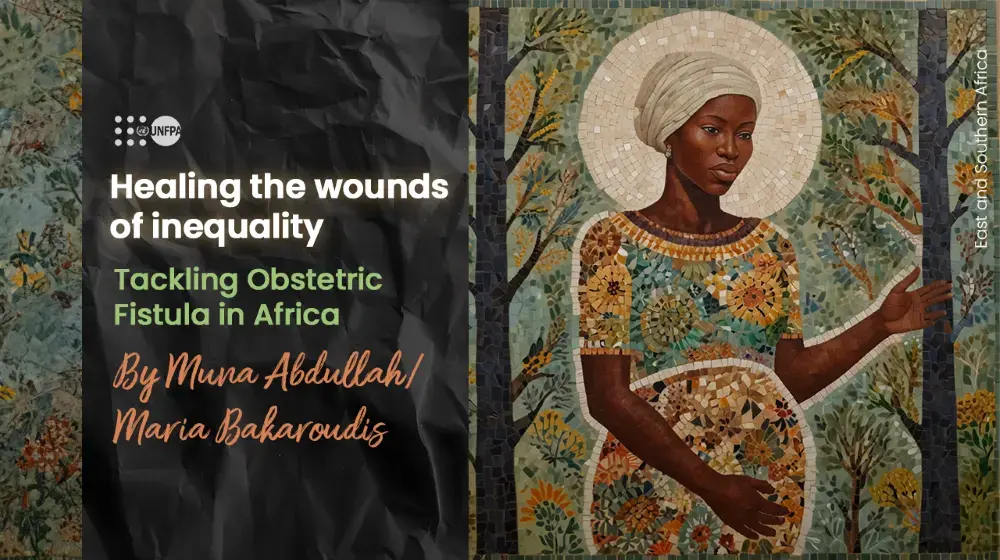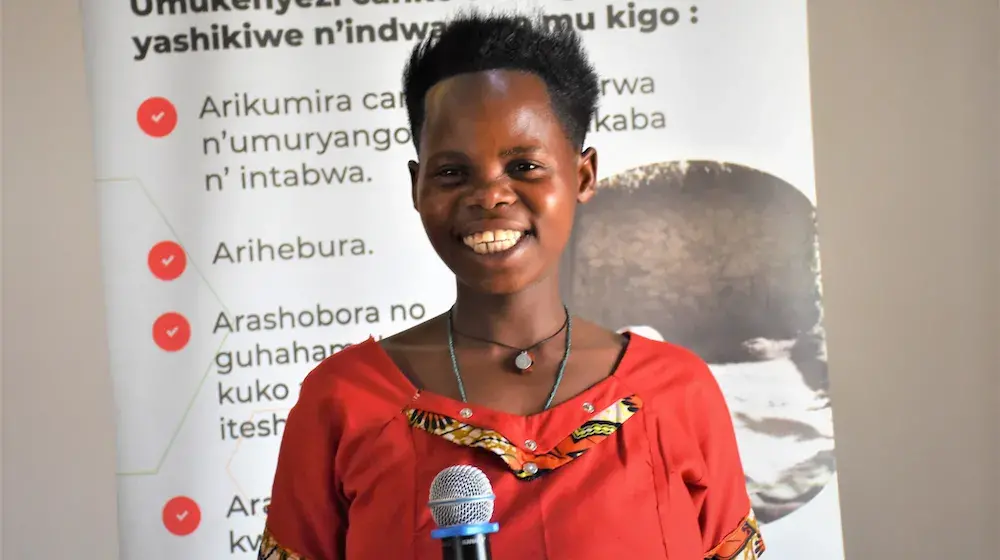Huffington Post
Executive Director of UNFPA, the United Nations Population Fund
Posted: 05/31/2013 11:51 am
Imagine living with a condition which forced you to change your wet, soiled clothes every few hours to try to hide your stench. Or which led to your family abandoning you or being shunned by your community.
This is the reality of life for over two million women and girls suffering from obstetric fistula. We have visited fistula hospitals in Africa, where we meet women like Zafisoa, a 20-year old from Madagascar who was left with a fistula after a 72-hour labour. "My husband did not like [the fistula]," she said, "So he went out to buy food and never came back."
Yet, while fistula is a devastating medical condition, it is also, in most cases, both preventable and treatable, which is why it has all but disappeared from wealthier countries. It makes the fact that, by this time tomorrow, another 140 women will have their lives ruined by fistula even more scandalous.
Obstetric fistula occurs because of prolonged, obstructed labour due to lack of adequate medical care, notably timely access to a life-saving emergency Caesarean section. In most cases, the baby is still-born or dies within the first week of life. That is agony enough for any mother.
But such is the duration of the labour that the woman is also left with a hole in the birth canal created by the prolonged pressure of the baby's head against the pelvis. Unless this is surgically repaired by a trained, expert fistula surgeon, she will be incontinent for the rest of her life.
Thus, victims change their clothes frequently or wear layers of clothing in the hope of hiding their condition. But all too often, they are unable to disguise what has happened. This explains why fistula often leads to wives being abandoned by their husbands or ostracized by their communities. Isolation makes it even more difficult for them to earn a living. The result is a life of poverty and shame.
Reducing the number of women and girls suffering from obstetric fistula will serve as an indicator that we are beginning to tackle some of the most serious global challenges facing the world today. The continuing high numbers reflect our failure to tackle broader health, socio-economic and gender inequalities as well as other problems, such as child marriage and teenage pregnancy.
Recognizing obstetric fistula as a terribly neglected health and human rights problem, UNFPA, the United Nations Population Fund, together with partners, launched a global effort to eliminate fistula ten years ago. The Campaign to End Fistula, comprising more than 80 international partner agencies, plus hundreds more at national and local levels, is now active on the ground in more than 50 countries in Africa, Asia, the Middle East and Latin America.
Over the last decade, some progress has been made. Fistula has received increased attention in national and international agendas. New resources have been invested to improve medical care, train surgeons and health workers and fund units to carry out fistula repair. Education campaigns have alerted more women, families and communities to the importance of medical care during pregnancy and childbirth as well as the specialized surgery available to help them.
Yet, despite our efforts and those of our partners, the fight against fistula has been critically under-resourced. While 20,000 women every year are now having surgery to repair their fistulas, it is not keeping pace with the 50,000 new cases annually.
We cannot let this grave injustice continue. This is why, to mark the 10th anniversary of the Campaign, the UN General Assembly designated May 23 as the first-ever International Day to End Obstetric Fistula, in a resolution that also underlined the importance of reproductive rights and ending exclusion, inequalities and child marriage to help eliminate fistula. The Day is intended to mobilize people from all sectors and regions to both reflect on progress so far and to galvanize national and global efforts to eliminate this terrible condition.
On Fistula Day, I was travelling with Secretary-General Ban Ki-moon to Africa, where we visited, on that day, the Heal Africa Hospital in the Democratic Republic of the Congo. There, we were moved, and humbled, by the stories of many women who suffered from fistula resulting from rapes. But the Secretary-General noted that the condition was not caused by abuse alone. Too early pregnancy and the lack of health care contribute to 40,000 cases in this country alone, he said. It is further emphasis of the need for holistic development. Education for girls can help them avoid too early pregnancy.
We urgently need to heed the Secretary-General's advice and encourage and support more countries to carry out effective programmes -- including better sexual and reproductive health services, universal, equitable access to those services, and improved information -- to reduce the number of fistula cases. We need this challenge to become a higher priority, too, for development assistance to help extend support to the poorest, most vulnerable and marginalized women, girls, and communities who are the hardest to reach and most at risk.
We must draw on the lessons learned from the successes over the last 10 years, particularly the increasingly important role that new technology can play. Mobile phones, for example, have proven indispensable in spreading information about the condition and improving uptake of medical care, including fistula treatment. Religious and community leaders can play a key role in helping to spread the message and, of course, tackle harmful practices such as child marriage and adolescent pregnancy.
We have the knowledge and resources to eliminate fistula. Let us all work together to lift this shadow from the lives of millions of women and girls worldwide. Let us work on ensuring that that this is one international day whose days are numbered so that its observance would become obsolete in our lifetime.
Follow Dr. Babatunde Osotimehin on Twitter: www.twitter.com/babatundeunfpa




